What drinks can you make over a campfire?
What better way to make the most of your campfire than bringing some home comforts to the outdoors!
Traditional Campfire Coffee Recipe
- First, place six teaspoons of ground coffee into the camping coffee pot and then pour three pints of cold water over the coffee grounds.
- Place the coffee pot on the fire and bring to a boil.
- Once boiled, take the pot off the heat and allow it too steep for approximately three minutes.
- To make the coffee more delicious, try adding three or four spoons of cold water to the liquid after steeping to settle the coffee grounds.
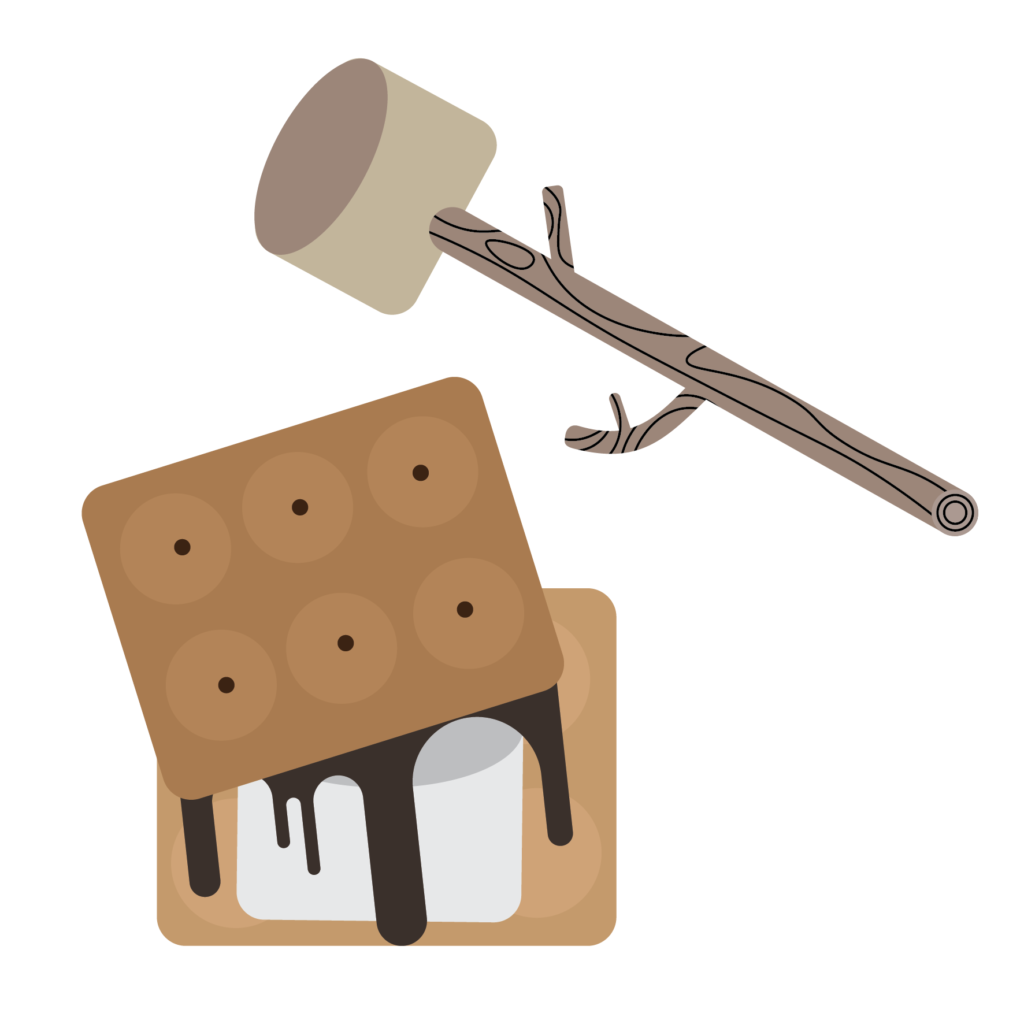 The Campfire Percolator Coffee Pot
The Campfire Percolator Coffee Pot
This campfire coffee recipe is the most common method for making campfire coffee.
- Add one to two tablespoons of coarsely ground coffee for every six ounces of water.
- To avoid having coffee grounds in your mixture, it is recommended that you poke a hole in the coffee filter and place it in the perk basket.
- Watch the percolator until the mixture turns a coffee color because the longer the coffee percolates, the stronger it will become.
Campfire hot chocolate
- Mix the dry ingredients at home, Cocoa powder, sugar, cinnamon, and salt.
- Heat milk in a camp coffee pot or saucepan over low heat.
- As the milk begins to heat add 2 tablespoons of the cocoa mix to the bottom of your mug.
- Then top with 1 cup of warmed milk and stir until combined.
- Why not add some toasted marshmallows into your hot chocolate
Cooking Tip: Using whole milk for this recipe will make it nice and creamy. Or you can use an alternative milk option like soya milk or coconut milk, it’s perfect with hot chocolate.
Cooking Tip: Don’t scald the milk, heat it slowly
cooking tip: Don’t forget to use Firemizer on your campfire. this will help distribute the heat for an even burn.
Campfire Cocktail
ingredients
- Bulleit bourbon
- Malt whiskey
- Marshmallow syrup
- Caster sugar
- Mini marshmallows
- To make the syrup, boil the marshmallows with 500ml water. Once they have dissolved, add the sugar and stir to dissolve this until fully combined.
- Stir all ingredients over ice and serve with a toasted marshmallow (optional).
 Repelling allergens
Repelling allergens 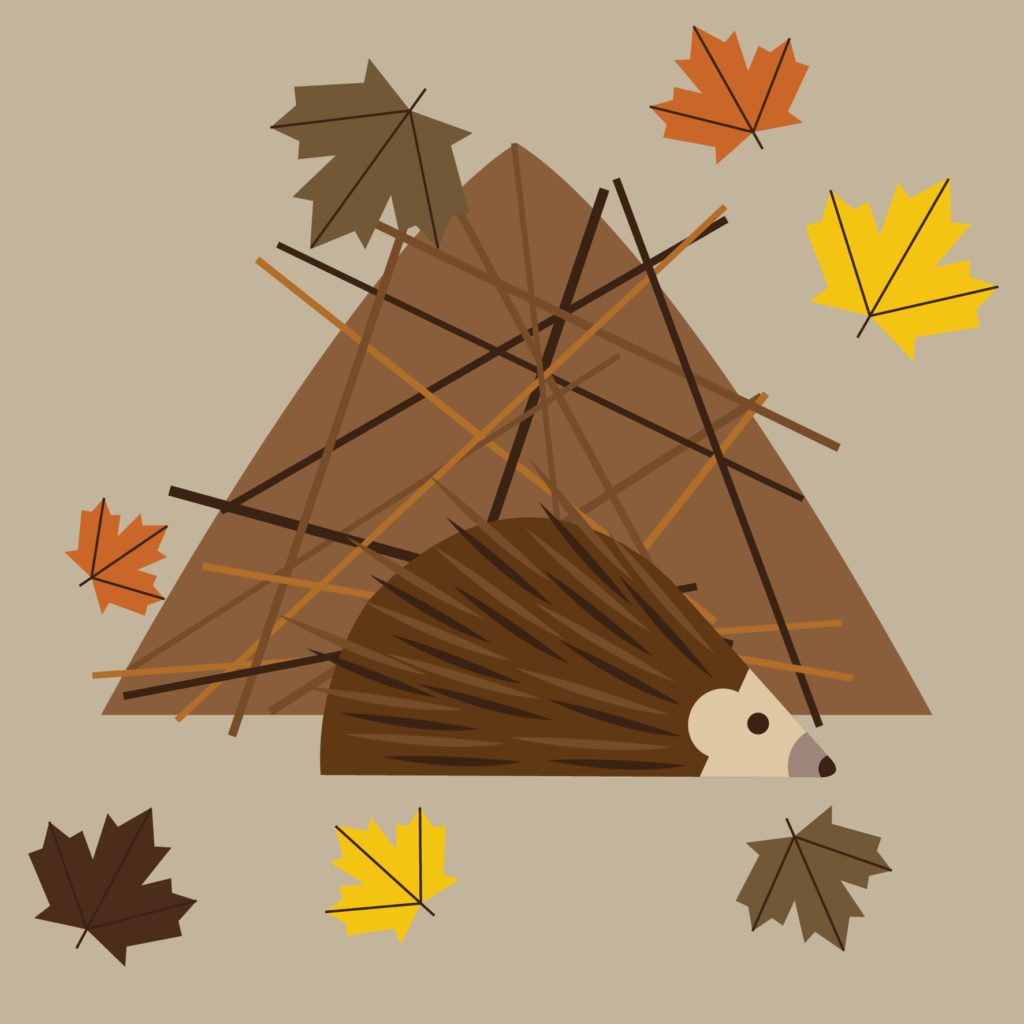 Good for the environment
Good for the environment 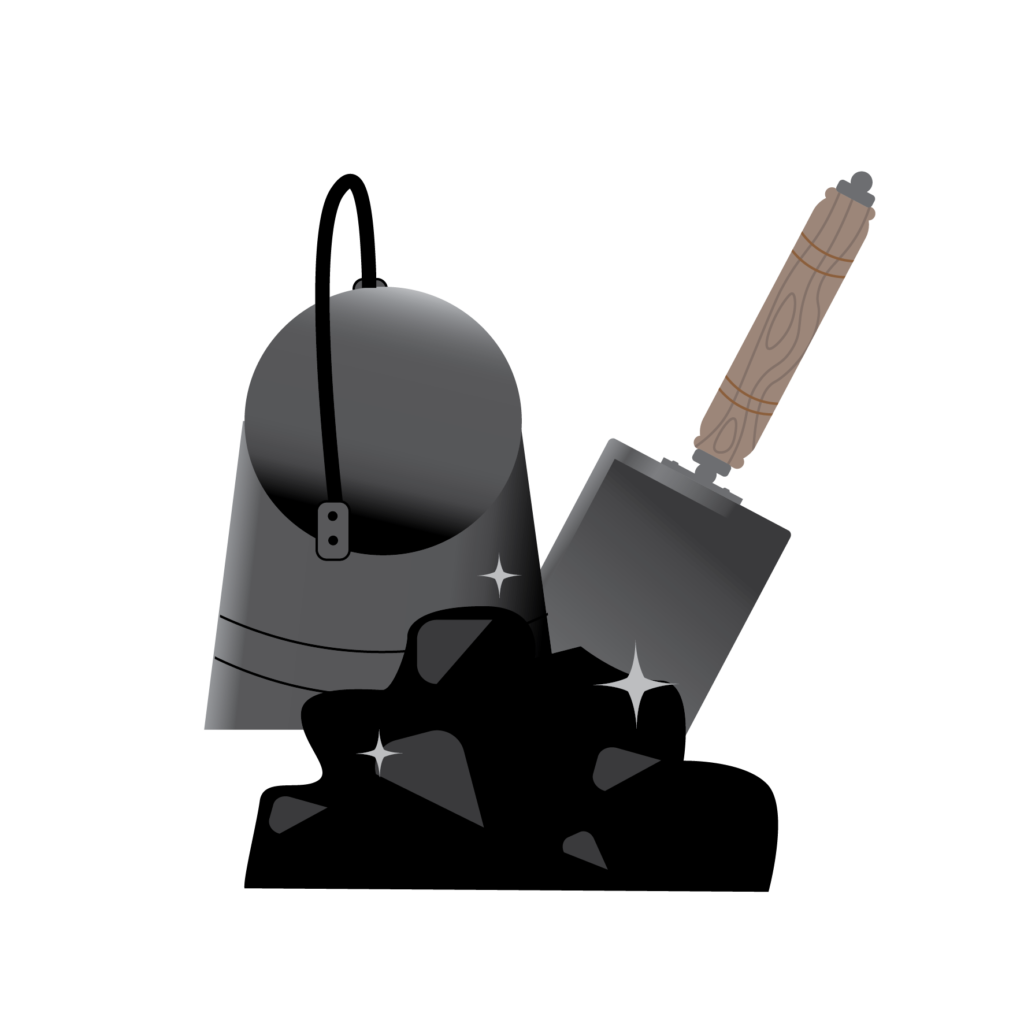 Cleaning
Cleaning 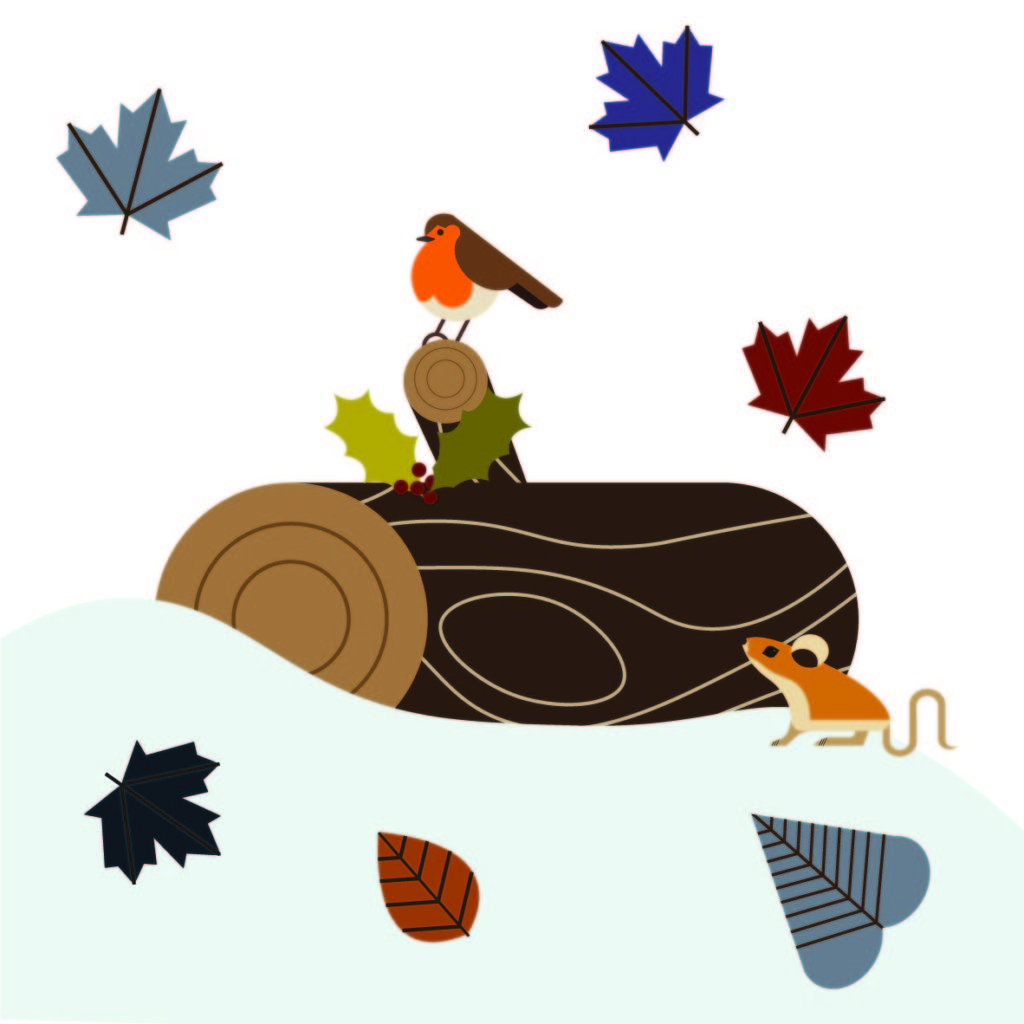 Similar traditions
Similar traditions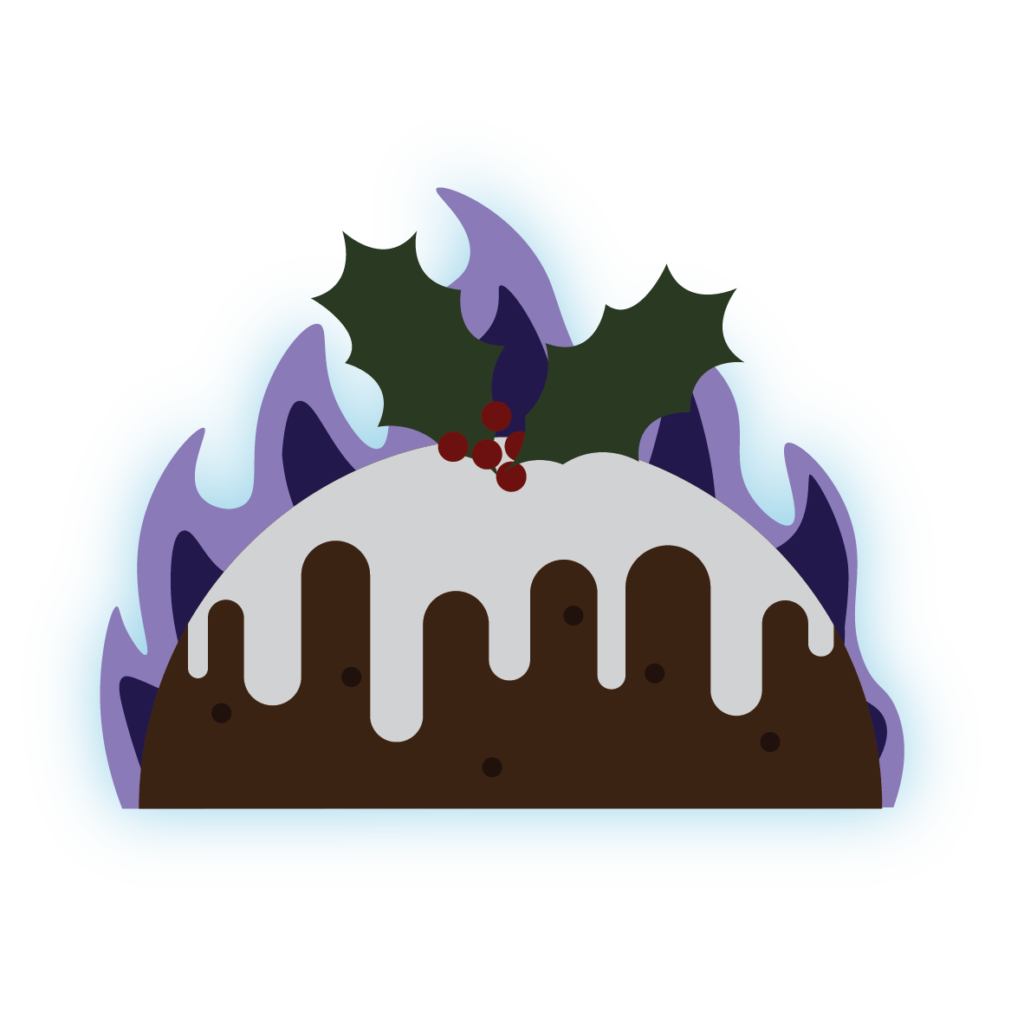 Winter brings around all the best food that you can enjoy. From roast dinners and mince pies to cheese boards and lots of chocolate. This Christmas why not try something new at a Christmas market like the chimney cakes or strudel.
Winter brings around all the best food that you can enjoy. From roast dinners and mince pies to cheese boards and lots of chocolate. This Christmas why not try something new at a Christmas market like the chimney cakes or strudel.